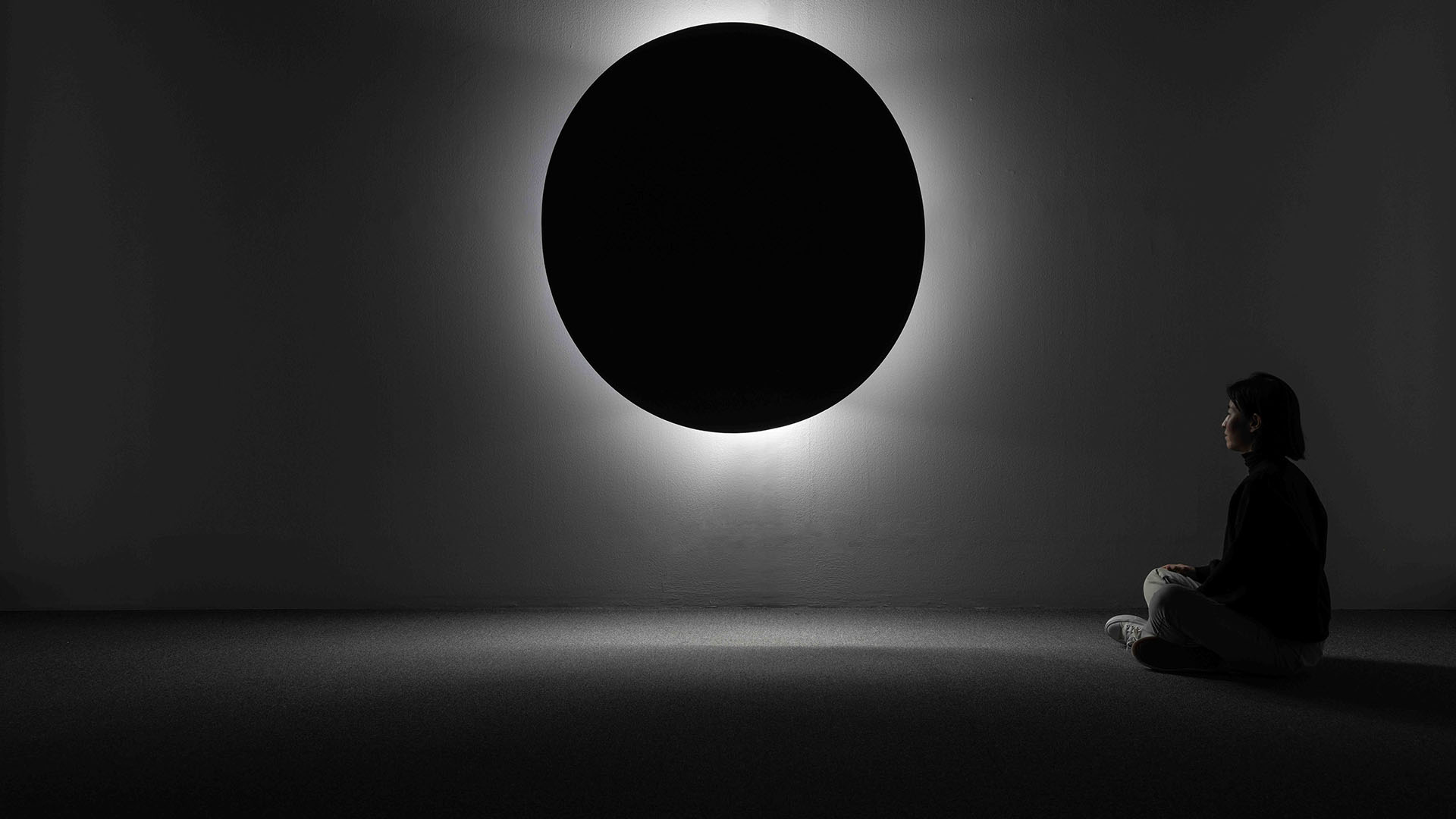Exploring Diverse Asian Histories and Cultures: Three Insightful Projects

SEGD strives to celebrate projects that inspire and improve the human experience, including those that reflect the narratives of traditionally underrepresented communities. The projects we are featuring today amplify, celebrate and bring Asian and Pacific Islander culture and history to the forefront in exemplary ways.

“Scenery of the Emptiness, and Asia”
Asia Culture Center (ACC) in Gwanju, South Korea
This exhibition reinterpreted the beauty of space in East Asian art, linked to the artistic concept of “uigyeong (意境),” through a contemporary art perspective. Under the vision “A Window of Asian Culture to the World,” the ACC annually selects a main theme for the spreading of Asian culture. All projects designed by the ACC extract various detailed concepts from this theme, in order to pursue brand leadership that creates synergy in a mutually organic and creative way.
For this exhibition, a unique, cylindrical structure was designed to express the symbolism of Asia, communication with the visitors, and to show off exhibition content. Its name, “Sangsangwon” (Imaginary Circle), reminds us of a ‘tulou’, a traditional large circular residence in China, because they both show the function and harmonization of communal living spaces.
A symbol of vibrance, a fog ring meets a digital ring in the form of an LED chandelier— transcending tradition and the present. In the curve, the outer space of the circular structure, people find a digital traditional Korean garden. Reproduced in a three-dimensional space, ink paintings appear. Traditional Asian paintings are drawn on white paper, symbolizing emptiness, and the linework, with black ink. Similarly, in the exhibition, the bright light from a projector creates a virtual moon. It reveals—like shadows on papered windows of a hanok—the atmosphere of a traditional garden with wind sounds and bamboo. In the scene, humans harmonize with nature in tacit communication. This communication, together with East Asia’s aesthetics of space and emptiness, is what this exhibition aims to deliver to audiences.

“Revealing Krishna: Journey to Cambodia’s Sacred Mountain”
The Cleveland Museum of Art in Cleveland, Ohio
Dome Collective
This was an exhibition centered around the newly restored Cambodian sculpture, Krishna Lifting Mount Govardhan. The Krishna sculpture was broken into multiple pieces over 1,500 years and across 3 continents.
Four immersive media experiences anchor the exhibition and bring to life the complex story behind the ancient Cambodian sculptures on display. The museum wanted to give a sense of place and create a transportive experience for their visitors. Many of the original sculptures from the site were too large and fragile to be transported to Cleveland for the show, but the museum wanted to represent all 8 sculptures in a monumental fashion. Finally, safety and accessibility standards needed to be integrated into the various media and interactive experiences.
Revealing Krishna was the museum’s first special exhibition to use state-of-the-art immersive digital media throughout the visitor experience. The three-month exhibition opened and closed to sold-out shows. The media design process was a model for collaboration across museum departments, design and technology partners, and international institutions. The exhibition was a proof-of-principle for immersive digital throughout museum exhibitions, with digital elements working alongside masterworks of art to provide deeper understanding of complex concepts.
The exhibition is a culmination of new discoveries, decades of conservation efforts, and international partnerships.

State Ethnological Museum and Museum of Asian Art
Humboldt Forum in Berlin, Germany
Ralph Appelbaum Associates
Located in the reconstructed Berlin Palace on Berlin’s Museum Island, the newly opened State Ethnological Museum and Museum of Asian Art at the Humboldt Forum is envisioned as an international forum of art, culture, and science.
The main objectives of the client were to create a dynamic and impactful presentation of non- European cultural heritage, in a manner that allows for flexibility and change as new research and knowledge emerges from ongoing intercultural exchanges. The greatest opportunities this project provided were to be able look at historic collections of ethnography and art in new ways, confronting the past and leveraging heritage assets for the future to bringing context and meaning and relevance for our contemporary worldviews.
Within the museum’s collections, an extremely wide range of materials and art objects (permanent/large and small) required a deep understanding of their aesthetics and their conservation requirements. Discussions with curators allowed for a design that protects and highlights the collections with built-in flexibility to be able to frequently change the presentation of objects.
Ralph Appelbaum Associates (RAA) was asked to design spaces for the permanent exhibitions, alongside a wide variety of international collaborators. In addition to the thematic modules, RAA designed a series of recurring elements that provide structure and common reference points. These meeting points are spaces where groups can convene and where daily programming like small performances and informal talks can take place. In addition, special areas are reserved for temporary interventions by contemporary artists and guest curators.